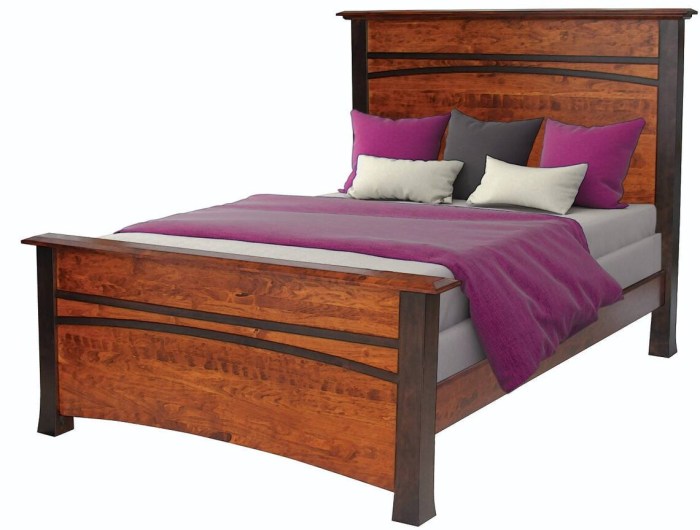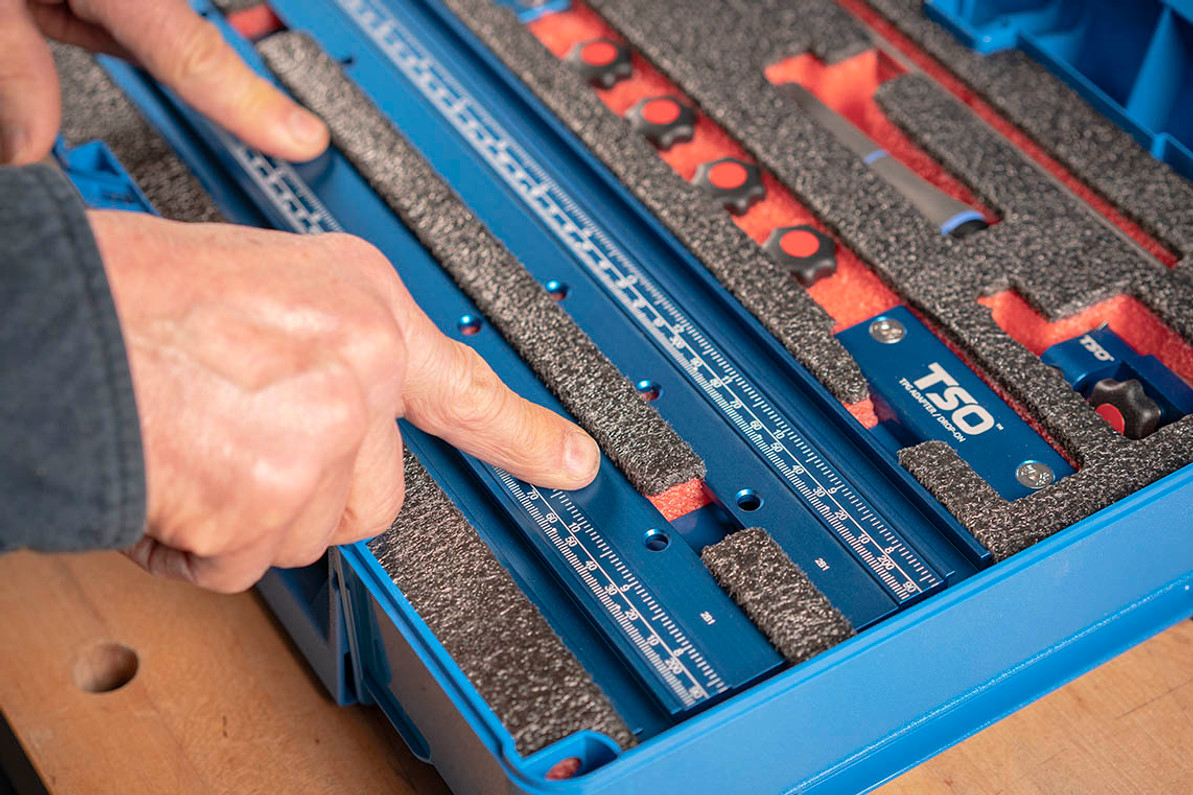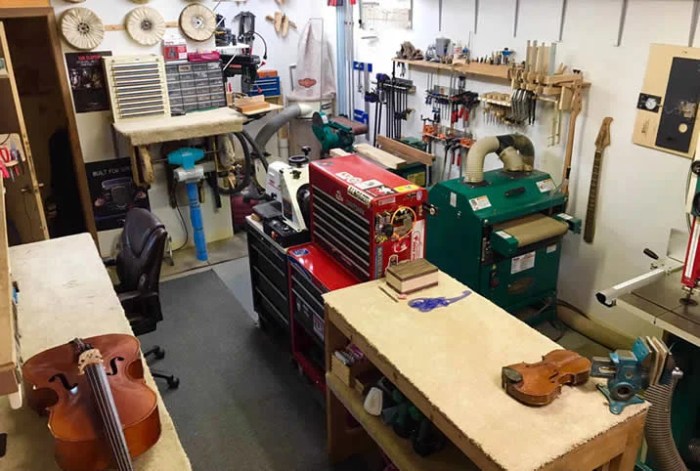
Handcrafted furniture is like that quirky friend who shows up at a party and immediately steals the show—unique, charming, and just a bit unpredictable! With its personalized touch and distinctive styles, handcrafted furniture offers a delightful escape from the drab uniformity of mass-produced pieces. Imagine the stories behind each curve and joint, crafted with care and infused with love, turning your home into not just a living space but a vibrant showcase of artistry.
From the rustic warmth that brings the countryside indoors to the sleek lines of modern design that scream sophistication, handcrafted furniture is made from sustainable materials, ensuring that each piece not only looks good but also feels good in a world that often overlooks nature’s gifts. So, let’s dive into the wonderful world of bespoke creations and discover why they deserve a prime spot in your home!
Handcrafted Furniture Design

When it comes to furnishing your home, nothing quite beats the charm and character of handcrafted furniture. Unlike mass-produced items that seem to sprout from factories like dandelions in spring, handcrafted pieces tell a story. Each piece, lovingly crafted, is infused with personality and uniqueness, making it a perfect fit for your individual style.The benefits of choosing handcrafted furniture are as plentiful as a well-stocked tool shed.
Not only do these pieces stand the test of time, but they also support artisans who pour their soul into every curve and corner. Handcrafted furniture allows for a level of customization that mass-produced options simply can’t match. Want a coffee table that doubles as a conversation starter? Or perhaps a chair that feels like a warm hug? You got it!
Design Styles in Handcrafted Furniture
Handcrafted furniture spans a variety of design styles, each with its own unique flair. Here are some prevalent styles that transform wood, metal, and fabric into artful statements in your home.
- Rustic Style: Imagine cozy cabins and the smell of pine. Rustic furniture often features reclaimed wood, natural textures, and a warmth that makes you feel right at home. It’s like bringing a piece of the forest indoors—minus the critters.
- Modern Style: Sleek lines, minimalistic designs, and a touch of sophistication define modern handcrafted furniture. It’s art that you can sit on, with functionality woven into its very design. Think of it as the furniture equivalent of a designer outfit that’s still comfortable enough for lounging.
- Traditional Style: Timeless and classic, traditional style furniture often showcases intricate carvings and rich finishes. These pieces are like the old-school vinyl records of furniture – they never go out of style and carry a vintage charm that’s hard to resist.
Choosing the right style not only enhances your space but also reflects your personality, making your home a true sanctuary of self-expression.
Sustainable Materials in Handmade Furniture
Sustainability has never been more stylish. The use of sustainable materials in handcrafted furniture ensures that your choices contribute positively to the environment. These materials are often sourced responsibly, ensuring that Mother Nature gives a little nod of approval.Wood is the star of the show, with options like reclaimed timber, which gives a new lease on life to materials that might have otherwise gone to waste.
Other sustainable choices include bamboo—fast-growing and as renewable as your neighbor’s enthusiasm for DIY projects—and eco-friendly finishes that avoid harmful chemicals. Here’s a quick rundown of popular sustainable materials:
- Reclaimed Wood: Perfect for adding character and history to your space, reclaimed wood is sourced from old barns, factories, and other structures.
- Bamboo: This fast-growing grass is harder than some hardwoods and can be harvested without damaging the environment.
- Natural Fiber Upholstery: Materials like organic cotton and hemp not only provide comfort but also keep your home free from harmful pesticides.
Investing in handcrafted furniture made from sustainable materials not only beautifies your home but also contributes to a healthier planet. It’s a win-win situation that even your eco-conscious friend will applaud!
“Choosing handcrafted furniture is like choosing a partner; you want something that’s built to last, reflects your style, and supports your values.”
Home and Woodworking Techniques
Welcome to the splendid world of woodworking, where imagination meets raw timber! With just a handful of tools and a pinch of creativity, you can craft stunning pieces that not only serve a purpose but also add a dash of charm to your abode. Whether you’re aiming to create the next family heirloom or just something to hold your collection of novelty mugs, let’s dive into the essential tools and techniques that will turn you into a woodworking wizard!
Essential Tools for Woodworking at Home
Before embarking on your woodworking adventure, it’s vital to arm yourself with the necessary tools. Think of these as your magical artifacts that can transform a simple chunk of wood into a masterpiece. Here’s a list of essential tools that every aspiring woodworker should have:
- Table Saw: The king of cutting, this tool will have you slicing through wood like a hot knife through butter.
- Drill: Your trusty sidekick for making holes and driving screws. An electric drill is preferred, but if you’re feeling nostalgic, a hand-drill will do just fine!
- Clamps: Because sometimes wood needs a hug. They keep your pieces together while the glue dries and can also be used for holding things in place.
- Sander: To smooth things over. A power sander will make your life easier, but a block sander is great for those who prefer a good workout.
- Chisels: These sharp guys are perfect for detail work and making those fancy joints that will impress your friends.
- Safety Gear: Goggles and hearing protection are must-haves! Remember, safety first, or you’ll be wearing a fashionable eye patch!
Step-by-Step Process of Creating a Simple Handcrafted Furniture Piece
Creating your own handcrafted furniture can be a rewarding experience. Follow these steps, and soon enough, you’ll have a piece that’ll make your neighbors green with envy!
1. Select Your Wood
Start with a quality piece of wood. Pine is a friendly choice for beginners because it’s easy to work with and forgiving.
2. Design Your Piece
Sketch out your design on paper. This doesn’t have to be Picasso-level art, just a rough idea of what you want to create.
3. Measure and Cut
Using your table saw or hand saw, carefully measure and cut your wood according to your design. Double-check those measurements; nobody likes a wonky table!
4. Assemble Your Piece
Use wood glue and clamps to join your pieces together, making sure everything lines up nicely. Let it sit and dry according to the glue’s instructions.
5. Sand and Finish
Use your sander to smooth all surfaces. Finish with your choice of stain or paint to give it that polished look. Remember, the shinier it is, the more it distracts from any imperfections!
6. Add Details
If desired, add legs, handles, or any decorative elements. This is where you can really let your personality shine!
7. Final Assembly
Put everything together, step back, and admire your handiwork. Don’t forget to take a picture for social media, because if it’s not on Instagram, did it even happen?
Maintaining and Caring for Handcrafted Furniture
Once you’ve crafted your masterpiece, the next step is ensuring it remains as stunning as the day it was born. Here are some tips to keep your handcrafted furniture looking fresh and fabulous for years to come:
- Regular Dusting: Just like plants, furniture loves to breathe! Use a soft cloth to dust regularly, avoiding harsh chemicals that could dull the finish.
- Protect from Sunlight: Direct sunlight can fade colors. Position your pieces wisely or invest in window treatments to keep the sun at bay.
- Use Coasters: Drinks are great, but water rings? Not so much. Always use coasters to protect surfaces from spills and heat.
- Reapply Finish: Depending on usage, you might need to reapply a protective finish every few years to keep your piece looking new.
- Inspect Regularly: Check for any loose joints or signs of wear. Addressing these issues early can prevent bigger problems down the line.
“A well-cared-for piece of furniture tells a story that lasts for generations.”
Home Improvement with Handcrafted Furniture

In a world where cookie-cutter furniture seems to dominate, handcrafted pieces stand out like a flamingo in a flock of pigeons. Incorporating these unique creations into your home can transform any dull space into a vibrant sanctuary of style and warmth. Let’s delve into how handcrafted furniture can enhance the aesthetic and comfort of various rooms within your abode!Handcrafted furniture isn’t just a talking point; it’s an experience! Each piece tells a story, and that story can seamlessly blend with your home’s decor.
Imagine sinking into a custom-crafted rocking chair that cradles you like your grandmother used to, or serving dinner at a dining table that’s more than just a surface—it’s a centerpiece, a conversation starter, and a testament to your fabulous taste.
Incorporating Handcrafted Furniture into Different Rooms
When it comes to home improvement, handcrafted furniture can elevate the style quotient of every room in your house. Here are a few ways to achieve that enchanting vibe:
- Living Room: Picture a stunning, handcrafted coffee table made from reclaimed wood, adorned with funky coasters and a couple of artisanal candles. This can be the perfect spot for your friends to gather and wonder how someone could possibly be so stylish!
- Bedroom: A beautifully crafted bed frame can set the mood for the entire room. Add matching nightstands with intricate carvings, and voila! You’ve created a personal retreat that feels like a five-star hotel (minus the room service, of course).
- Dining Area: Invest in a bespoke dining table that accommodates your family and friends like a cozy bear hug. Pair it with handcrafted chairs that invite everyone to linger a little longer over dinner and debate whether pineapple belongs on pizza.
- Home Office: Craft a workspace that inspires creativity by incorporating a unique desk crafted from a single slab of wood. Add a hand-carved bookshelf, and suddenly, your home office isn’t just functional; it’s a masterpiece that makes you feel like a successful entrepreneur—at least until the coffee runs out.
- Outdoor Spaces: Elevate your backyard with handcrafted benches or a unique picnic table. Not only will it be a beautiful spot for a summer barbecue, but it’ll also withstand the test of time and weather—like your grandma’s stories!
“Handcrafted furniture is not just about style—it’s about creating a sense of home, comfort, and individuality.”
DIY Projects Blending Handcrafted Furniture with Home Improvement
Embracing your inner craftsman (or craftswoman) can lead to exciting home improvement projects that merge functionality and artistry. Here are some fun DIY ideas to consider:
- Custom Shelving: Create unique floating shelves using reclaimed wood. Stain them lightly for a rustic look, and they’ll not only hold your books but also serve as an art display!
- Handmade Decor: Craft wooden wall art using leftover wood scraps. A few creative cuts and a splash of color can turn an ordinary wall into a gallery that reflects your personality.
- Repurposed Furniture: Transform an old dresser into a chic buffet by sanding it down and giving it a fresh coat of paint. Add some new knobs, and you’ll have a stunning piece that’s both functional and stylish!
- Garden Planters: Use small wooden crates to create outdoor planters. It’s an eco-friendly project that adds a touch of charm to your garden and gives your plants the stylish home they deserve.
These tips not only enhance your living space but also engage your creativity, making each project a labor of love. So, roll up those sleeves and get crafting—your home (and your Instagram followers) will thank you!
Conclusion
In a nutshell, opting for handcrafted furniture is like choosing to have a conversation with a master storyteller instead of reading a bland textbook—rich, layered, and oh-so-satisfying! Not only do these pieces elevate your home’s aesthetic, but they also tell a tale of craftsmanship and individuality that mass-produced furniture simply can’t match. So, whether you’re looking to spruce up your living room or add a touch of personality to your bedroom, handcrafted furniture might just be your new best friend in home decor!
Clarifying Questions
What is the main advantage of handcrafted furniture?
Handcrafted furniture offers uniqueness and quality, allowing for personalized designs that mass-produced items can’t match.
How do I care for handcrafted furniture?
Regular dusting, avoiding harsh chemicals, and applying wood polish can help maintain the beauty of handcrafted furniture.
Can I customize my handcrafted furniture?
Absolutely! Many artisans welcome custom orders to fit your specific style and space needs.
Is handcrafted furniture more expensive?
While it can be pricier than mass-produced furniture due to the labor and materials involved, the investment often pays off in quality and durability.
Where can I find handcrafted furniture?
Local artisans, craft fairs, and online marketplaces specializing in handmade goods are great places to discover unique pieces.

